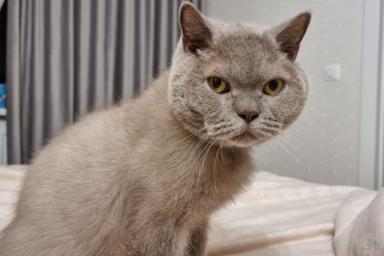Almost everyone at this point understands that horses and ponies are different animals.
Meanwhile, lots of people still think that it's only size that differs them, and it's simply not true.
Here are some other things that make these animals different.
Genetics
The primary factor that determines whether an equine is a horse or a pony is genetics.
It's not just about size but also about the specific breed and genetic traits.

Different horse breeds have been selectively bred for various purposes, and this selective breeding has contributed to the variations in size.
Some breeds have been developed to be larger and more substantial, while others have been bred to stay small.
Proportions
In addition to height, ponies often have different body proportions compared to horses.
They might have stockier builds, shorter legs, and thicker necks in relation to their body size.
This is partly due to their genetic makeup, which has been shaped by the goals of their breeding programs.
Temperament
Ponies and horses may also exhibit varying temperaments.
Some ponies are known for being hardier and more independent, while certain horse breeds are bred for specific traits like endurance or speed.
These temperamental differences can be attributed to both genetic factors and training methods.
Versatility
Horses are often bred for specific purposes, such as racing, riding, or heavy work, which can affect their physical attributes.
Ponies, due to their smaller size and hardiness, are often more versatile and adaptable for a wide range of activities, including riding, driving, and even as companion animals.
Life Span
Generally, ponies tend to have longer lifespans compared to horses.
They can live well into their 30s, while the average lifespan of a horse is typically in the 20s.
This difference can be attributed to their smaller size and hardier constitution.









